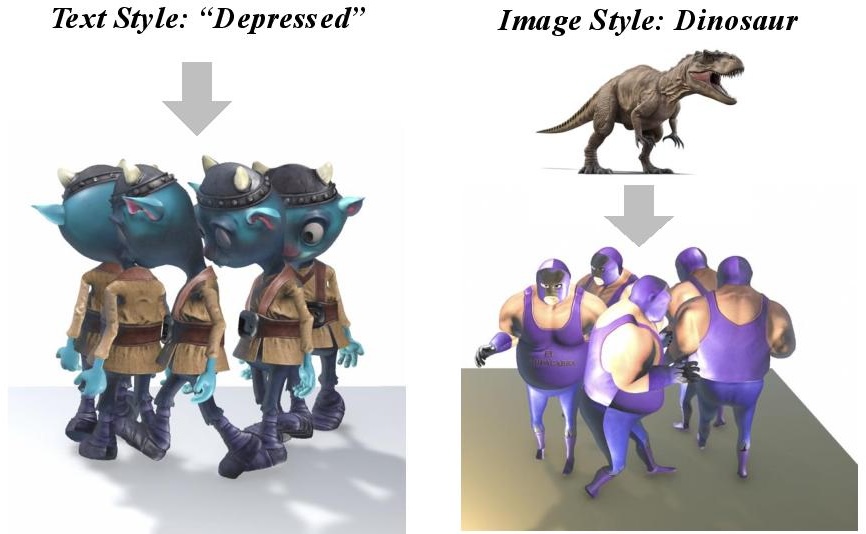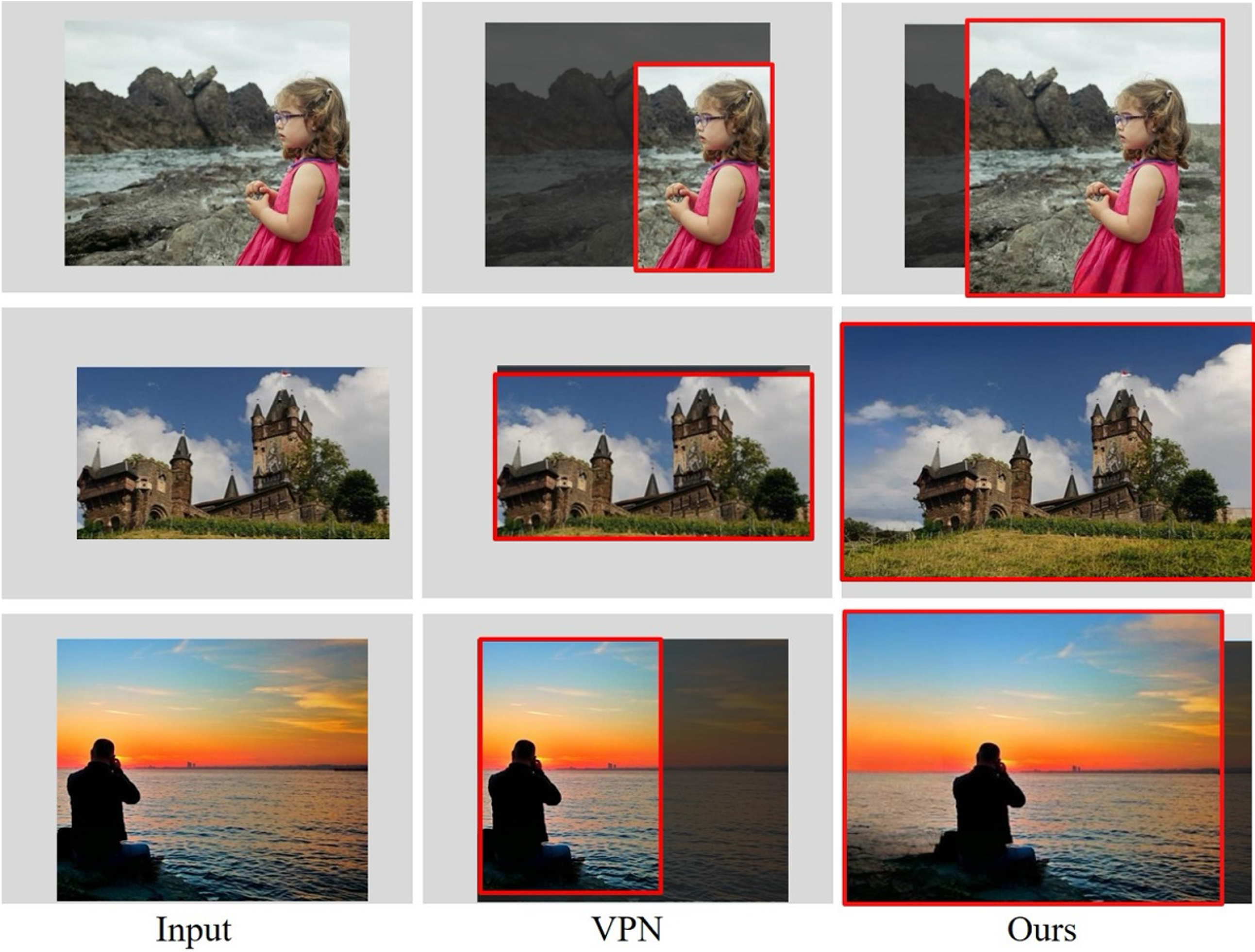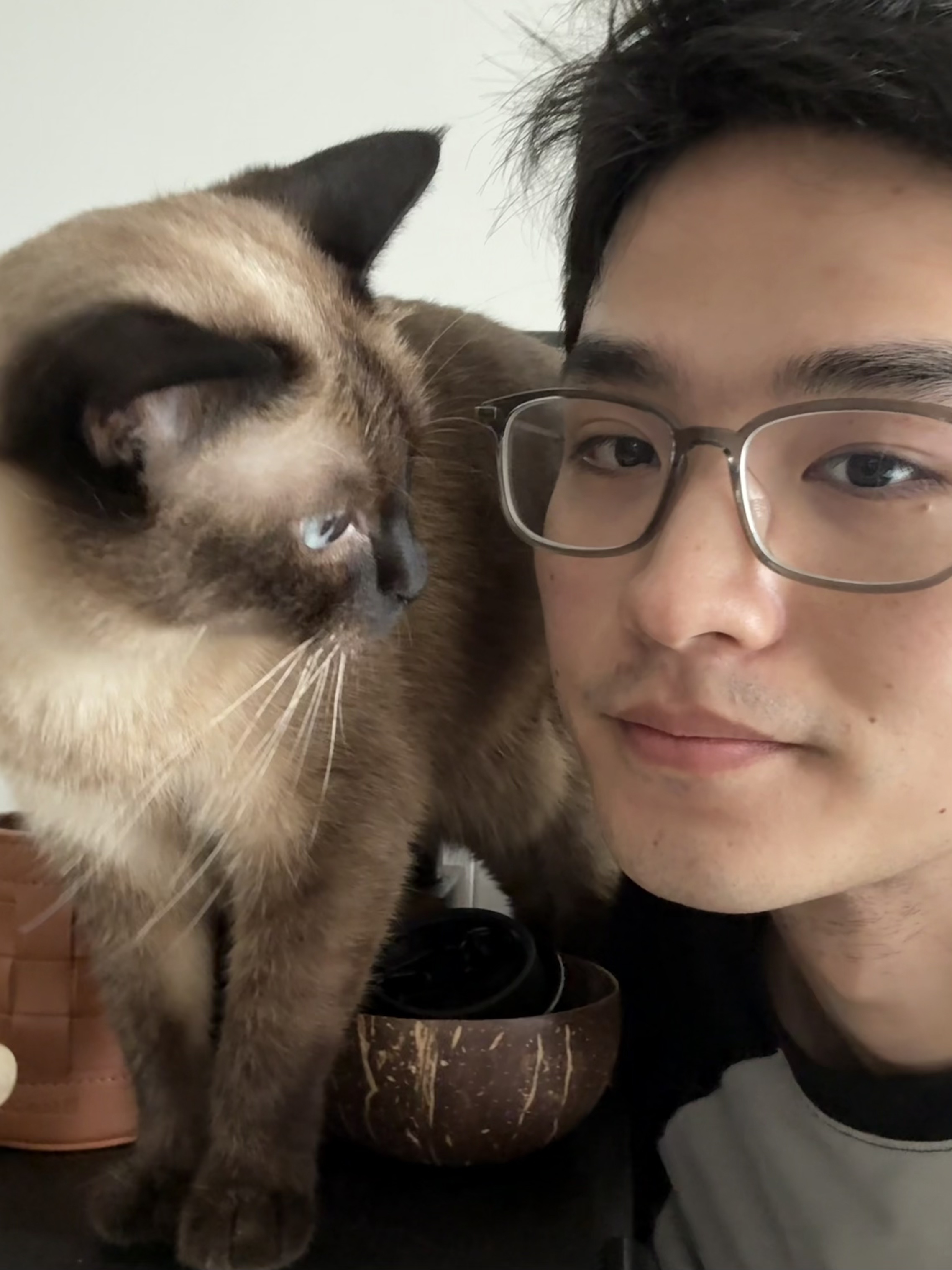
Lei Zhong (钟磊)
PhD student, University of Edinburgh
Recipient of the 2025 Google PhD Fellowship
I study character animation. [...]
Supervised by Prof. Changjian Li.
Previously, Master's from Nankai University (supervised by Shao-ping Lu) and Bachelor's from Southwest University.
Research
Experience

|
Disney Research Studios Research Intern Work with: Martin Guay, Jakob Buhmann Zurich, Switzerland
|
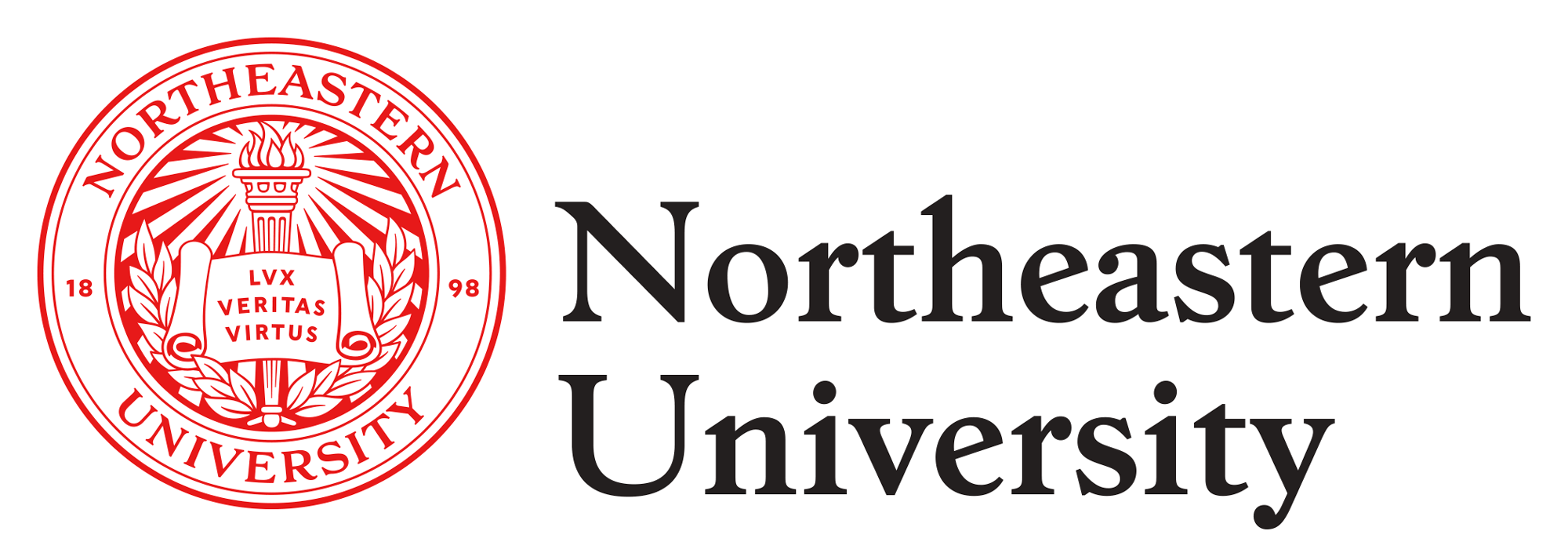
|
Northeastern University Research Assistant Work with: Huaizu Jiang, Yiming Xie Remote
|
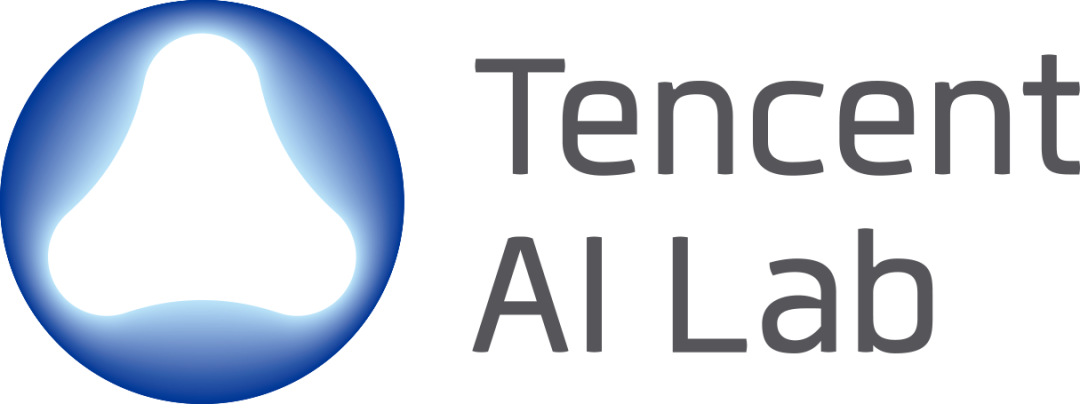
|
Tencent AI Lab Research Intern Work with: Yong Zhang, Junwu Weng Shenzhen, China
|

